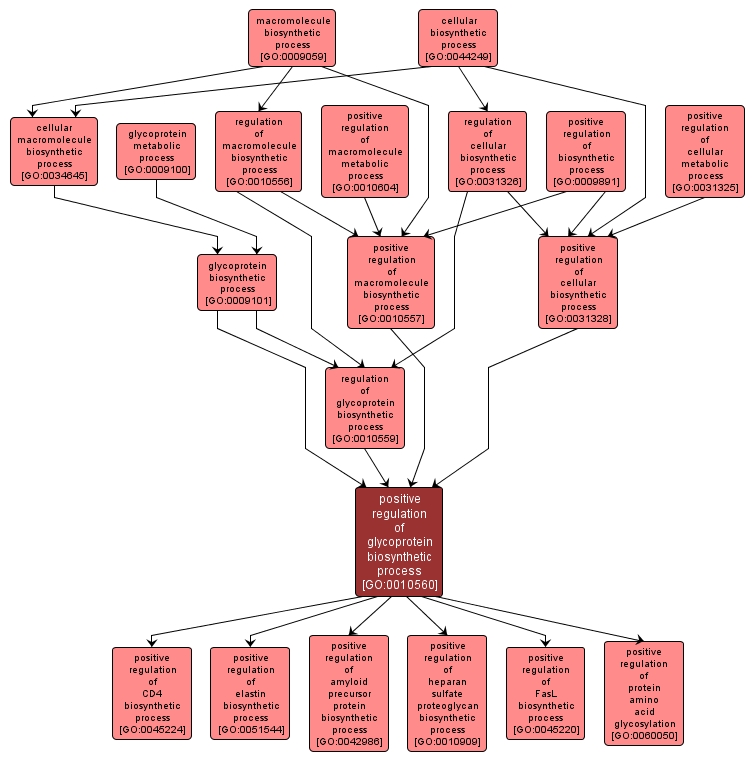| Desc: |
Any process that increases the rate, frequency, or extent of the chemical reactions and pathways resulting in the formation of glycoproteins, any protein that contains covalently bound glycose (i.e. monosaccharide) residues other than as a moiety of nucleic acid; the glycose occurs most commonly as oligosaccharide or fairly small polysaccharide but occasionally as monosaccharide. |














